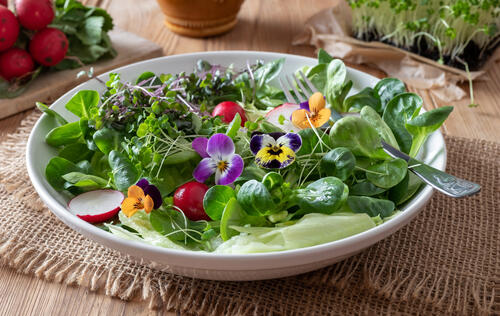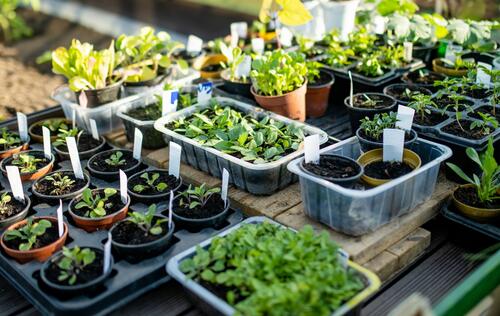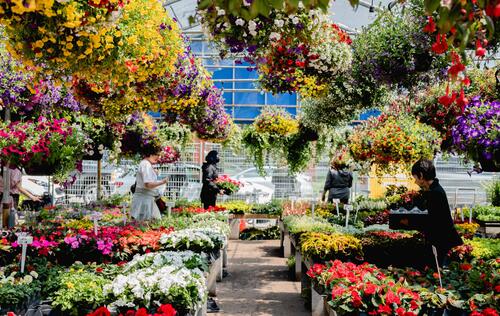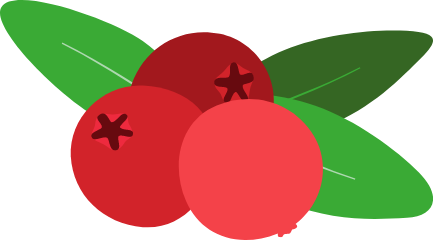Creating a melliferous garden: which flowers to plant to support pollinators?
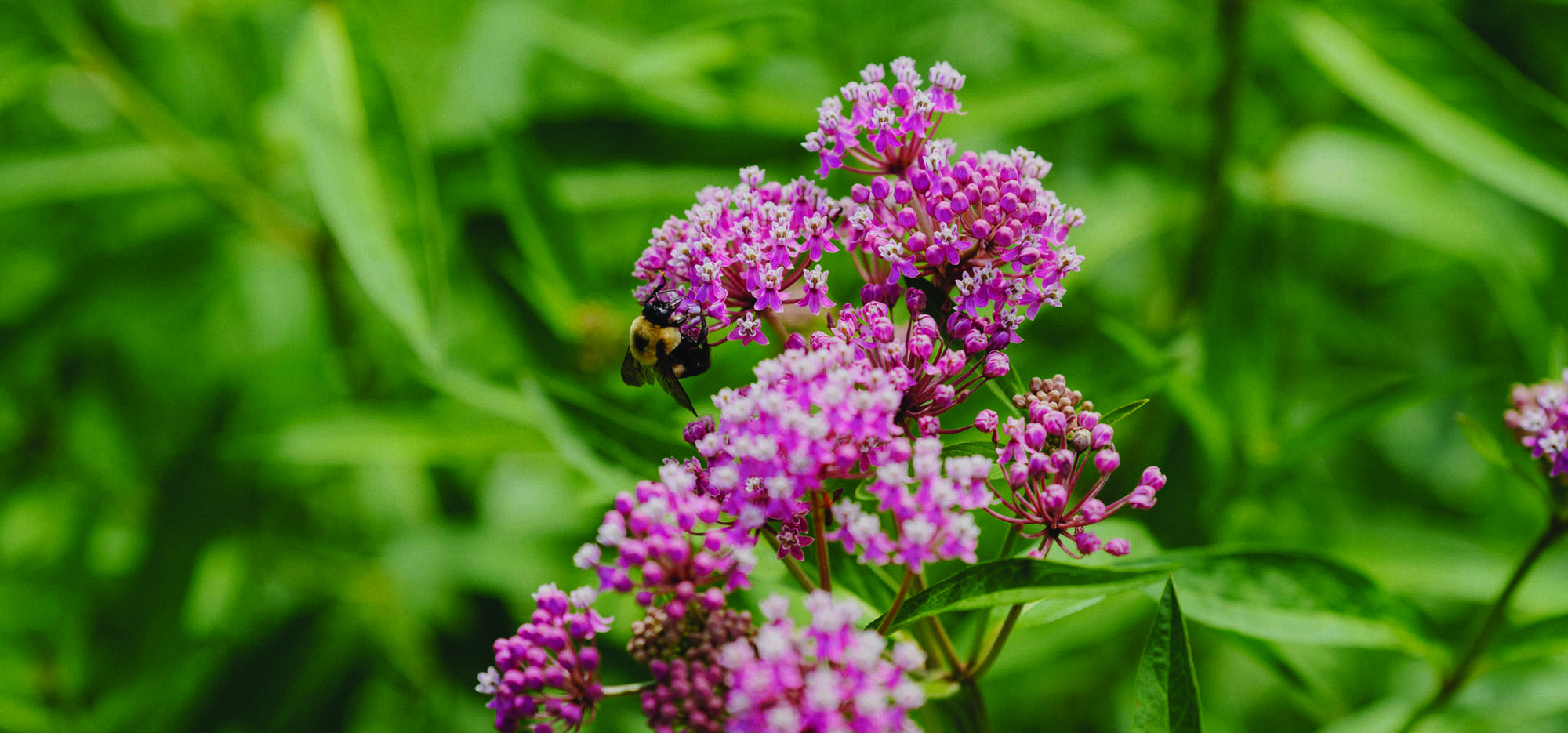
In our urban environments, pollinators sometimes struggle to find enough to eat. Yet they play an essential role in the pollination of many plants, including those in our gardens and vegetable patches.
A well-designed garden will provide bees, butterflies, bumblebees and other pollinators with shelter and a varied food source throughout the season.
1. Encourage overlapping blooms
To support pollinators, choose plants that bloom at different times of the summer season.
Spring: First supply of nectar and pollen
Dandelion (Taraxacum spp.): One of the first sources of pollen and nectar in spring. Rather than pulling them up, let them bloom to the delight of pollinators!
- Ground ivy (Glechoma hederacea): Highly melliferous and appreciated by bumblebees.
- Willow (Salix spp. ): Its pollen-rich catkins feed the first bees and bumblebees.
- Currants (Ribes spp.): Fruit bushes much visited by pollinators.
- Apple (Malus spp.): spectacular blossoms attract bees and butterflies.
- Silver maple (Acer saccharinum): its early flowers provide abundant pollen.
Summer: peak pollinator activity.
Purple Echinacea (Echinacea purpurea): Popular with butterflies and bees, it blooms all summer long.
- Thyme (Thymus spp.): An aromatic plant that attracts a wide variety of insects.
- Borage (Borago officinalis): Produces lots of nectar and is a favorite with bees.
- Rudbeckia (Rudbeckia spp.): Its yellow flowers attract butterflies and bumblebees.
- Monarde (Monarda fistulosa): Known as shepherds' tea, it is very melliferous.
- Wild oregano (Origanum vulgare): Prolonged flowering attracts a multitude of pollinators.
Autumn: last resource before winter
New England aster (Symphyotrichum novae-angliae): Last major flowering before winter, vital for pollinators.
- Goldenrod ( Solidago spp. ): Much sought-after for its abundant nectar at the end of the season.
A diversified melliferous garden guarantees a constant supply of food while creating a colorful, lively setting.
2. Choose native plants
Native plants are particularly well adapted to the local climate and pollinators. They provide high-quality nectar and pollen, and are more resistant to environmental conditions.
Here are a few recommended native species:
- Fennel Agastache (Agastache foeniculum): Edible, very popular with pollinators.
- New England aster: Last to bloom in autumn.
- Milkweed: Host to monarch butterflies.
- Elderberry: Rich in nectar.
- Monarde: Valuable to many bees.
- Shaggy verbena (Verbena stricta): Wonderful bloomer.
- Goldenrod (Solidago spp.): An indispensable component of the late-blooming ecosystem.
- Fireweed: Much sought-after by insect pollinators.
However, it is possible to introduce a few non-native, highly melliferous plants (such as borage, white sweet clover, shaggy willowherb, etc.) to complete the floral offer and maximize the garden's attractiveness.
3. Add a water source
Pollinators need water to stay hydrated and, for bees, to control the temperature in the hive.
Some ideas for water source :
A shallow saucer filled with water and pebbles so they can land safely.
- A small natural pond with aquatic plants such as duckweed or rush to filter the water.
- A flowering pond that will also serve as a habitat for other beneficial species such as dragonflies and damselflies.
4. Don't use pesticides
Synthetic pesticides are extremely harmful to pollinators. In Montreal, they are already banned, but it's important to go one step further and favor natural alternatives.
Encourage natural predators such as ladybugs and lacewings. By not using insecticides, ladybugs generally appreciate rosaceous, asteraceous and apiaceous plants: you can therefore plant yarrow or calendula to attract them.
- Use natural decoctions of biopesticides (nettle, garlic, black soap) to protect your crops.
- Combine plants to create a balance: for example, plant nasturtium to attract aphids and keep them away from other plants.
5. Leave room for nature
Over-maintained gardens can be less pollinator-friendly. Let spontaneous flowers like white clover and dandelion grow, which are excellent sources of nectar. Also leave some of last year's upright stems for solitary bees to nest in.
6. Contribute to the collective effort
Supporting pollinators also means getting involved in local actions:
Sow native flowers adapted to your region.
- Join local biodiversity initiatives.
- Get involved in participatory science programs like Mission monarque or Abeilles citoyennes to observe and count pollinators.
By creating a melliferous garden, you are actively participating in the preservation of pollinators and the enrichment of local biodiversity.
Happy gardening and thanks for the pollinators!
A text by Polliflora, creators of pollinator-friendly gardens
